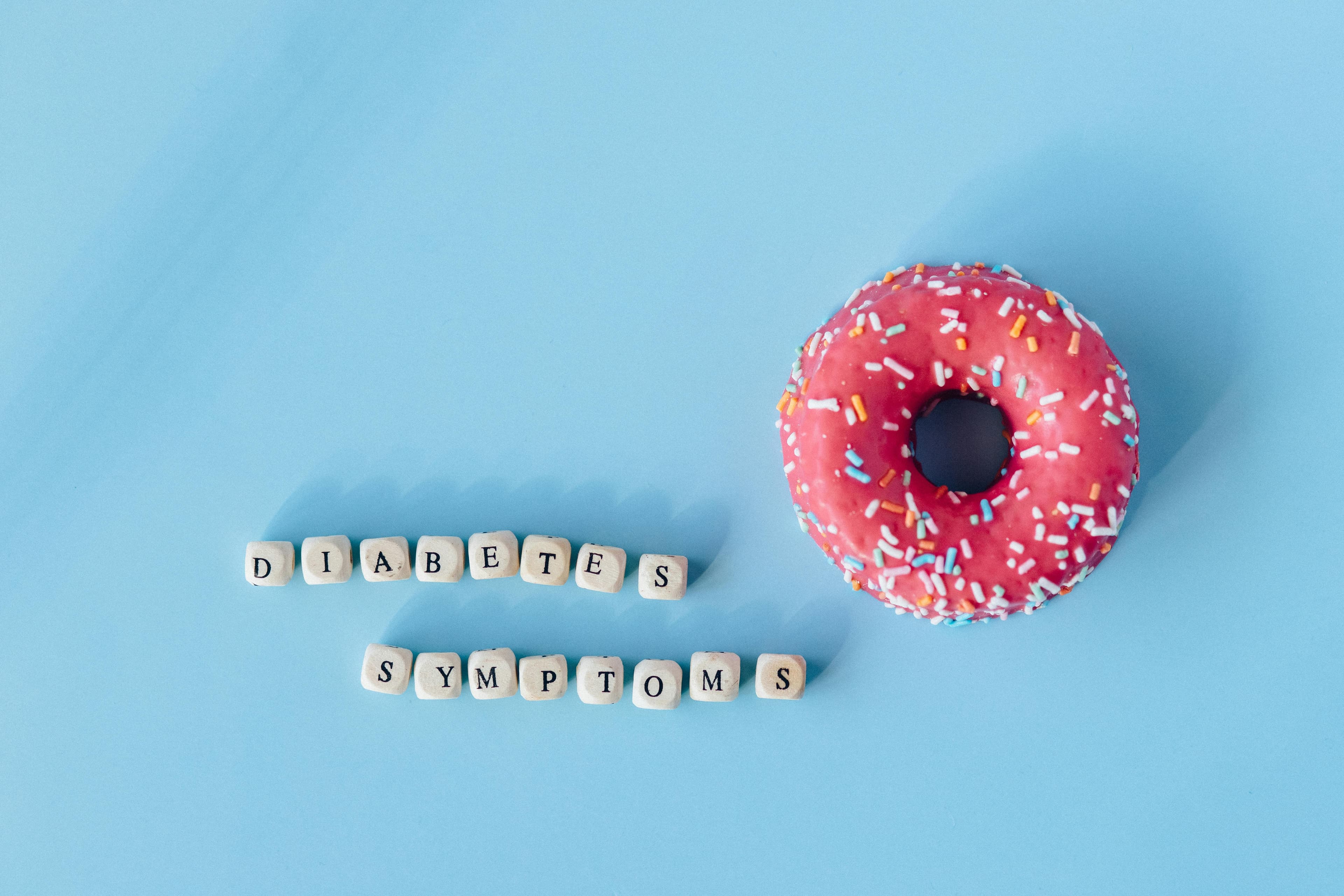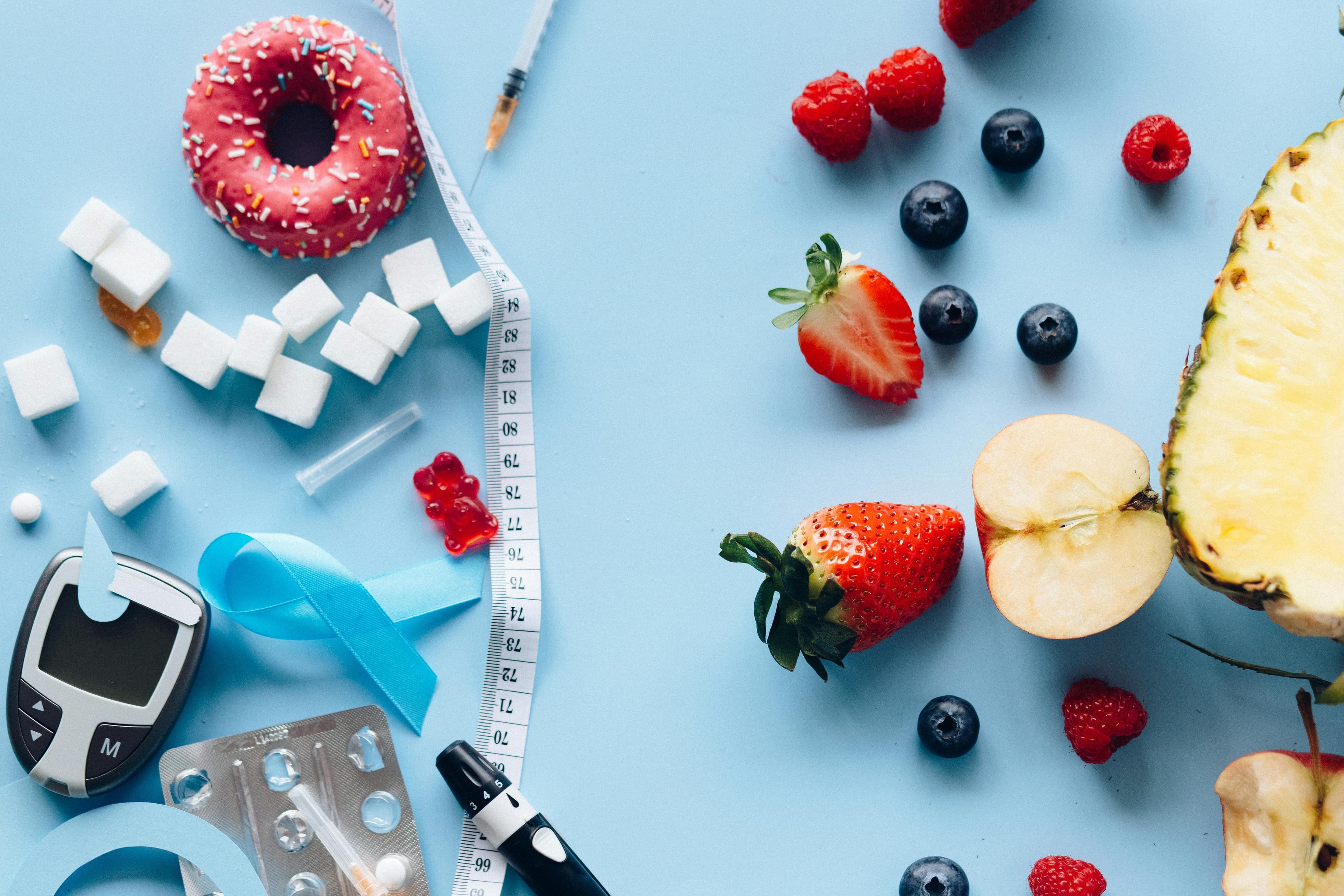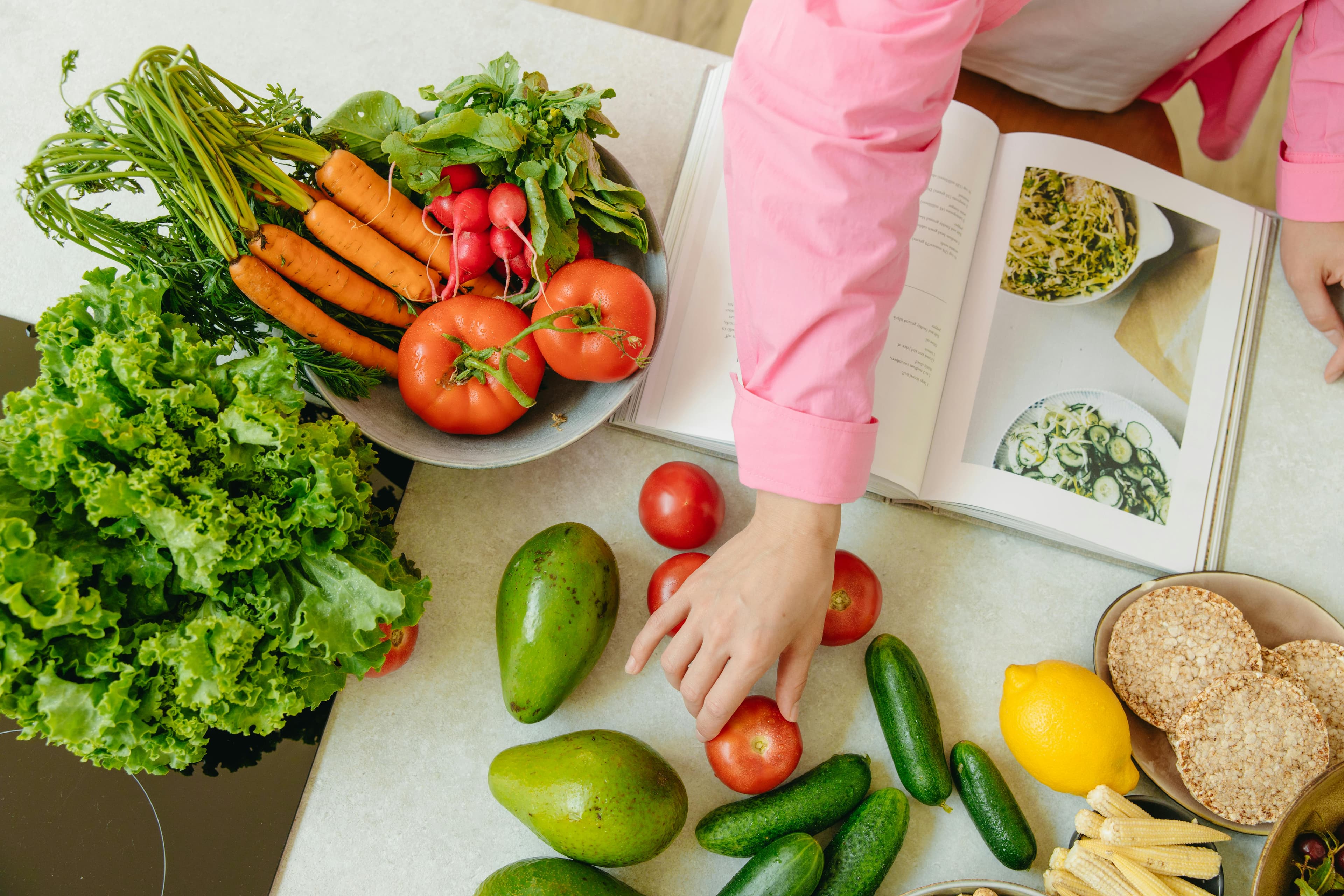Best AI Calorie Counter Apps 2025: Expert Testing Results
Registered dietitians test 7 popular AI-powered calorie counting apps for accuracy, usability, and real-world performance

Key Takeaways
- • Tested 7 AI calorie counter apps with 100+ real meals over 3 months
- • Accuracy ranged from 50-82%, with Cal.ai and Peony AI performing best
- • AI excels at simple foods (87% accuracy) but struggles with mixed meals (62%)
- • Best for quick estimates and restaurant meals, not precision tracking
- • Manual entry still beats AI for accuracy (95%+ vs 60-80%)
- • Try our free calorie calculator for personalized daily targets
This evidence-based review reflects independent testing by registered dietitians. For personalized nutrition guidance, consult with healthcare professionals through our platform.
AI-powered calorie counting promises to revolutionize nutrition tracking by simply taking photos of your food. But how accurate are these apps really? As registered dietitians who work with clients on nutrition tracking daily, we decided to put the most popular AI calorie counter apps through rigorous testing[1].
Over 3 months, we tested 7 AI calorie counting apps using over 100 pre-weighed, precisely measured meals. Our findings reveal both the impressive capabilities and significant limitations of current AI technology. Here's our comprehensive review of the best AI calorie counter apps, when they work well, and when you should stick with manual entry.
🔬 How We Tested AI Calorie Counter Apps
To ensure accurate, unbiased results, we used standardized testing methodology:
- • Standardized meals: 25 different meals, each prepared and weighed identically
- • Multiple photos: 4 photos per meal from different angles and lighting conditions
- • Verified portions: All ingredients pre-weighed using professional kitchen scales (±1g accuracy)
- • Nutrition verification: Compared AI results to USDA nutrition database values
- • Real-world conditions: Tested in various lighting, backgrounds, and plate types
🏆 Top 7 AI Calorie Counter Apps - Expert Reviews
1. Cal.ai
Cal.ai consistently delivered the most accurate calorie estimates in our testing, especially for common foods and standard portions. The app's computer vision technology excels at recognizing foods in natural lighting[2].
✅ Strengths:
- • Most accurate photo recognition (82%)
- • Handles mixed meals well
- • Fast processing (2-3 seconds)
- • Good portion estimation
- • Works in various lighting
❌ Weaknesses:
- • Struggles with ethnic foods
- • Limited food database
- • No barcode scanning
- • Subscription required
- • Portions ±20-30% error
🎯 Best for: Quick calorie estimates for standard foods and restaurant meals
💰 Price: Free (5 scans/day), $9.99/month unlimited
2. Peony AI
Our own AI calorie counter combines solid accuracy with comprehensive nutritional guidance. While slightly less accurate than Cal.ai, it offers integrated dietitian support and personalized recommendations[3].
✅ Strengths:
- • Strong accuracy (79%)
- • Dietitian chat support
- • Personalized insights
- • Macro tracking included
- • Women's health focus
❌ Weaknesses:
- • Newer app (less data)
- • Smaller food database
- • iOS only currently
- • Premium features costly
- • Learning curve
🎯 Best for: Women seeking accuracy plus professional nutrition guidance
💰 Price: Free basic, $19.99/month with dietitian access
3. MyFitnessPal AI Features
The established leader adds AI photo recognition to its massive food database. While not as accurate as pure AI apps, the combination of AI and manual options provides flexibility.
✅ Strengths:
- • Massive food database
- • Barcode scanning backup
- • Community features
- • Recipe importer
- • Macro tracking tools
❌ Weaknesses:
- • AI accuracy lower (75%)
- • Interface feels dated
- • Many features paywalled
- • Ads in free version
- • Slow photo processing
🎯 Best for: Users who want AI as a supplement to traditional tracking
💰 Price: Free with ads, $19.99/month premium
4. Foodvisor
European-based app with strong visual recognition for common foods. Excels at portion size estimation but struggles with complex or ethnic dishes.
✅ Strengths:
- • Good portion estimation
- • Water tracking included
- • Exercise integration
- • Clean interface
- • European food focus
❌ Weaknesses:
- • Limited food database
- • Poor with ethnic foods
- • No offline mode
- • Expensive subscription
- • Limited customization
🎯 Best for: European users tracking standard Western cuisine
💰 Price: Free trial, $14.99/month
Other Apps Tested

📊 Accuracy Testing Results: The Reality Check
Our extensive testing revealed significant variations in AI accuracy across different food categories[4]. Understanding these patterns helps set realistic expectations:
Accuracy by Food Category
⚠️ Important Accuracy Considerations
A 20% error in calorie counting can mean the difference between weight loss and maintenance. For a 1,500-calorie diet, a 20% error equals 300 calories—enough to prevent a half-pound weekly loss. Use AI for convenience, but verify important meals manually.
When to Use AI Calorie Counting (And When Not To)
✅ Good Use Cases
- • Restaurant meals without nutrition info
- • Quick estimates when traveling
- • Building awareness of portion sizes
- • Tracking trends over time
- • Social situations where weighing isn't practical
- • Getting started with calorie awareness
❌ Poor Use Cases
- • Precise tracking for competitions
- • Medical nutrition therapy
- • Complex homemade recipes
- • Foods with hidden ingredients
- • When accuracy truly matters
- • Tracking specific macros/micros
"AI calorie counting is a tool, not a solution. I recommend my clients use it for convenience and education, but rely on more accurate methods when precision matters. The future is bright, but we're not there yet."
Sports Nutrition Specialist
Practical Tips for Using AI Calorie Counters
Maximize Accuracy With These Tips:
- • Use good lighting: Natural daylight works best; avoid shadows and glare
- • Show the whole plate: Include all components in frame for better recognition
- • Use standard dishware: Apps estimate portions based on plate size
- • Take multiple angles: Some apps average multiple photos for better accuracy
- • Verify and adjust: Always review AI suggestions and adjust obvious errors
- • Log immediately: Fresh food photographs better than leftovers
- • Keep it simple: Separate complex dishes into components when possible

The Future of AI Calorie Counting
AI calorie counting technology continues to evolve rapidly. Recent advances in computer vision and machine learning suggest significant improvements ahead[5]:
Coming Soon: Next-Generation Features
- • 3D food volume estimation: Using depth sensors for accurate portions
- • Ingredient breakdown: AI identifying individual components in mixed dishes
- • Real-time coaching: AI providing immediate feedback on meal choices
- • Personalized models: Apps learning your specific eating patterns
- • Integration with CGMs: Correlating food intake with glucose responses
Ready to Start Tracking Your Nutrition?
Whether you choose AI or traditional methods, understanding your calorie needs is the first step.
Final Verdict: Are AI Calorie Counters Worth It?
AI calorie counting apps offer genuine value for the right use cases. They excel at providing quick estimates, building food awareness, and making tracking more accessible. However, they're not yet accurate enough to replace traditional methods for precise tracking needs.
Our Recommendations:
- • For beginners: Start with AI to build awareness, then add precision as needed
- • For casual tracking: AI apps provide sufficient accuracy for general health
- • For specific goals: Combine AI convenience with manual verification
- • For medical needs: Stick with traditional tracking methods
The technology will undoubtedly improve, but for now, think of AI calorie counters as helpful assistants rather than perfect solutions. Use them to make tracking easier and more sustainable, but understand their limitations and adjust your approach accordingly.
Frequently Asked Questions About AI Calorie Counters
Based on our testing, AI calorie counting apps average 60-80% accuracy, with the best performing apps (Cal.ai, Peony AI) reaching 80-82% accuracy for common foods. Accuracy drops significantly for mixed meals, homemade foods, and ethnic cuisines. For precise tracking, combine AI with manual verification.
AI calorie counting can be a useful tool for general awareness and occasional tracking, but shouldn't be your only method if precise calorie goals are important for your weight loss. The margin of error (20-40%) can significantly impact results. Use AI for convenience but verify important meals manually.
In our testing, Cal.ai performed best for pure accuracy (82%), followed closely by Peony AI (79%). However, the 'best' app depends on your specific needs - Peony AI offers integrated dietitian support and personalized recommendations, while Cal.ai focuses purely on photo recognition accuracy.
AI apps struggle significantly with homemade meals, averaging only 50% accuracy in our testing. They perform best on simple, single-ingredient foods and restaurant meals with standard presentations. For homemade meals, manual entry or recipe calculators provide better accuracy.
Most AI calorie counters can identify foods but may not accurately track specific nutrients important for special diets (like net carbs for keto or protein for high-protein diets). Apps with manual adjustment features and comprehensive nutrient databases work better for specialized dietary needs.
Free versions typically limit daily scans or advanced features but can be useful for occasional tracking. Our testing found minimal accuracy differences between free and paid versions of the same app. Start with free versions to test accuracy before upgrading.
AI counters save time (2-3 seconds vs 2-3 minutes per meal) but sacrifice accuracy. Traditional logging with food scales and databases remains 95%+ accurate while AI averages 60-80%. Use AI for convenience when traveling or eating out, manual logging when precision matters.
References
- 1.Ferrara, G., et al. (2024). Accuracy of smartphone applications for dietary assessment: A systematic review. Journal of Medical Internet Research, 26(2), e45298.External link
- 2.Zhang, L., et al. (2023). Computer vision approaches to food recognition: A comprehensive review. IEEE Access, 11, 23471-23490.External link
- 3.Academy of Nutrition and Dietetics. (2024). Position Paper: Technology in Dietetics Practice. Journal of the Academy of Nutrition and Dietetics, 124(1), 123-135.External link
- 4.Turner-McGrievy, G. M., et al. (2023). Comparison of AI-based and traditional dietary self-monitoring methods. Nutrients, 15(7), 1648.External link
- 5.National Institute of Diabetes and Digestive and Kidney Diseases. (2024). Advances in Digital Health Tools for Weight Management.External link
Related Articles
Continue your PCOS journey with these helpful guides
Calorie Calculator for Women: Find Your Daily Needs
Calculate your personalized calorie needs based on age, activity level, and health goals.
Macro Tracking Guide for Beginners
Learn how to track macronutrients effectively for weight loss and muscle building.
MyFitnessPal vs Cronometer: Detailed Comparison
Compare features, accuracy, and pricing of popular calorie tracking apps.
Get Evidence-Based Nutrition Tips
Join 50,000+ women receiving weekly nutrition insights, tool reviews, and healthy living strategies.
No spam, unsubscribe at any time.
Last Updated: January 15, 2025
Medical Disclaimer: This review represents independent testing and analysis. AI calorie counting apps should not replace professional dietary advice or medical nutrition therapy. Individual results may vary based on usage patterns and food choices. The information provided is for educational purposes only and does not constitute personalized medical or nutritional advice. Always consult with qualified healthcare professionals and registered dietitians for personalized nutrition guidance tailored to your specific health needs.